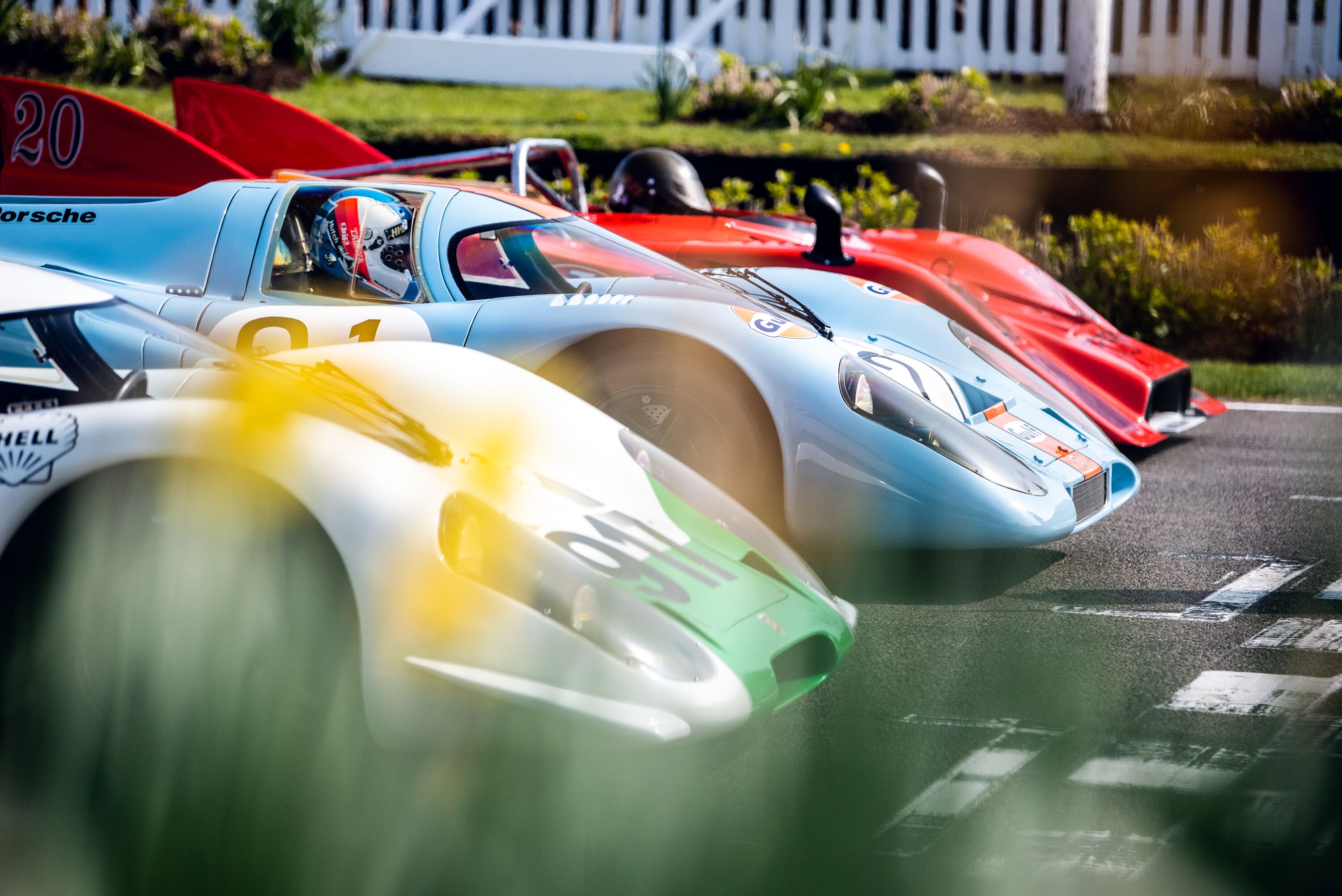Ford SuperVans assemble at Festival of Speed
There’s a collective soft spot for each and every one of the Ford SuperVans at Goodwood. Perhaps that’s why so many of us here at GRR seem to have a smile on our faces, as for the first time ever, every Ford SuperVan is here at the Festival of Speed presented by Mastercard. Need something delivered quickly at the event? Ford can help you with that.

The concept behind the SuperVan is a simple one, even if the approach to building them has changed over time to create ever more extreme machines: create something that looks vaguely like a commercial vehicle and give it more power than it could ever need.
It all started with the SuperVan 1 in 1971. Ford took a mid-engined Cooper Monaco chassis and fitted it to a Ford Transit body, adding the 5.0-litre V8 from a Ford GT40 and some thick slick tyres. As you can imagine it was fast, capable of more than 150mph, and it quickly became the ultimate Ford Transit promotional tool.
The SuperVan 1 had a shelf life, however, as soon enough the second-generation Ford Transit was launched. What use was a promotional tool when it looked like an out-of-date product? So, Ford once again set about creating another SuperVan, the SuperVan 2, based on the all-new Transit and similarly unhinged.
In 1984, Ford rolled out the SuperVan 2 at Donington Park. Now based on the backbone of a Ford C100 Group C car, it had a 4.0-litre Cosworth DFL engine with 590PS (434kW), a fibreglass body and a five-speed manual gearbox.
If you thought the SuperVan 1 was out the ordinary, the SuperVan 2 made its predecessor look positively tame, able to top out at nearly 175mph. Fancy making a delivery in that?
At this point, Ford realised there was always going to be some sort of value in creating a new SuperVan. It had gone past the point of creating something fun for the sake of it — a SuperVan could actually get more people interested in a standard Transit. SuperVan 3 did exactly that.
With the third iteration of SuperVan in 1994, Ford effectively reworked the SuperVan 2. The bodywork was changed as was the engine, upgraded to a 659PS (484kW) 3.5-litre Cosworth HB V8 F1 unit. It wasn’t quite an actual Formula 1 car underneath, unlike the 1995 Renault Espace F1 with a screaming V10 engine, but it was even faster than the first two iterations.
After SuperVan 3 there was a hiatus. Ford had other things going on, after all, like a return to the Le Mans 24 Hours with a new Ford GT in 2016. But Ford didn’t forget about the SuperVan forever. In fact, Ford engineers and executives began plotting a SuperVan return, except this one would be slightly different.
In 2022, Ford unveiled SuperVan 4 at the Festival of Speed, or to give it its proper title, the Ford Pro Electric SuperVan 4. If anyone on the original SuperVan 1 team in the 1970s saw what the concept had evolved into, they would have almost certainly collapsed in a cold sweat.
SuperVan 4 was all-electric, with a 50kWh liquid-cooled battery pack, four electric motors and a total of 2,000PS (1,471kW). Zero to 62mph was over in less than two seconds. Fitted with a full FIA-spec safety cage and racing seats, the SuperVan 4 was technically road legal, too, with five drive modes: Road, Track, Drag, Drift and Rally. You can only imagine what 2,000PS on gravel would feel like…
As well as the wild powertrain, it used an E-Transit Custom floorpan connected up to a custom steel spaceframe clothed with lightweight composite bodywork, plus double wishbone suspension all round, bespoke front and rear subframes, uprights and heavy-duty racing brakes. We saw how fast it was with Romain Dumas at the wheel at the 2022 Festival of Speed — it looked like it was running up the Hill on fast forward.
For 2023 ,the SuperVan 4 morphed into the SuperVan 4.2, returning to Goodwood while also taking on record attempts at Pikes Peak and Bathurst. The aerodynamics were overhauled as was the powertrain, but instead of adding more power, Ford actually removed one of the electric motors. There was method in the madness.
Ford reduced the number of STARD Advanced Research and Development UHP six-phase electric motors from four to three (one motor at the front, two at the rear), while adding in STARD’s Ultra High Performance Li-Polymer NMC pouch battery cells. The result was 1,427PS (1,050kW), and perhaps more importantly for time attacks the car could now utilise the revised battery’s 600kW regen potential. Clever stuff.
The result? Pikes Peak was done and dusted with Romain Dumas at the wheel in a time of 8:47.682, a lap of Bathurst completed in 1:56.324, and a Festival of Speed Hillclimb winning run of 43.98 seconds.
Now careering up the Goodwood Hill is the F-150 Lightning Supertruck. Designed by Ford Design and STARD, the powertrain is the same but the aerodynamics are on another planet. Ford says the car can produce 6,000 pounds of downforce, or 2,700kg in our money. We’ll be surprised if there aren’t grooves in the Hillclimb at the end of the weekend, such is the pressure on the tarmac.
All that downforce, combined with carbon ceramic brakes, Pirelli P-Zero tyres, magnesium wheels and a custom in-board suspension system, we might just well be looking at the favourite to win Sunday’s Timed Shoot-Out.
The 2025 Goodwood Festival of Speed is underway! You can watch every moment of the action by watching our livestream.
festival of speed
fos
fos 2025
event coverage
ford
Supervan
timed shoot-out 2025



















